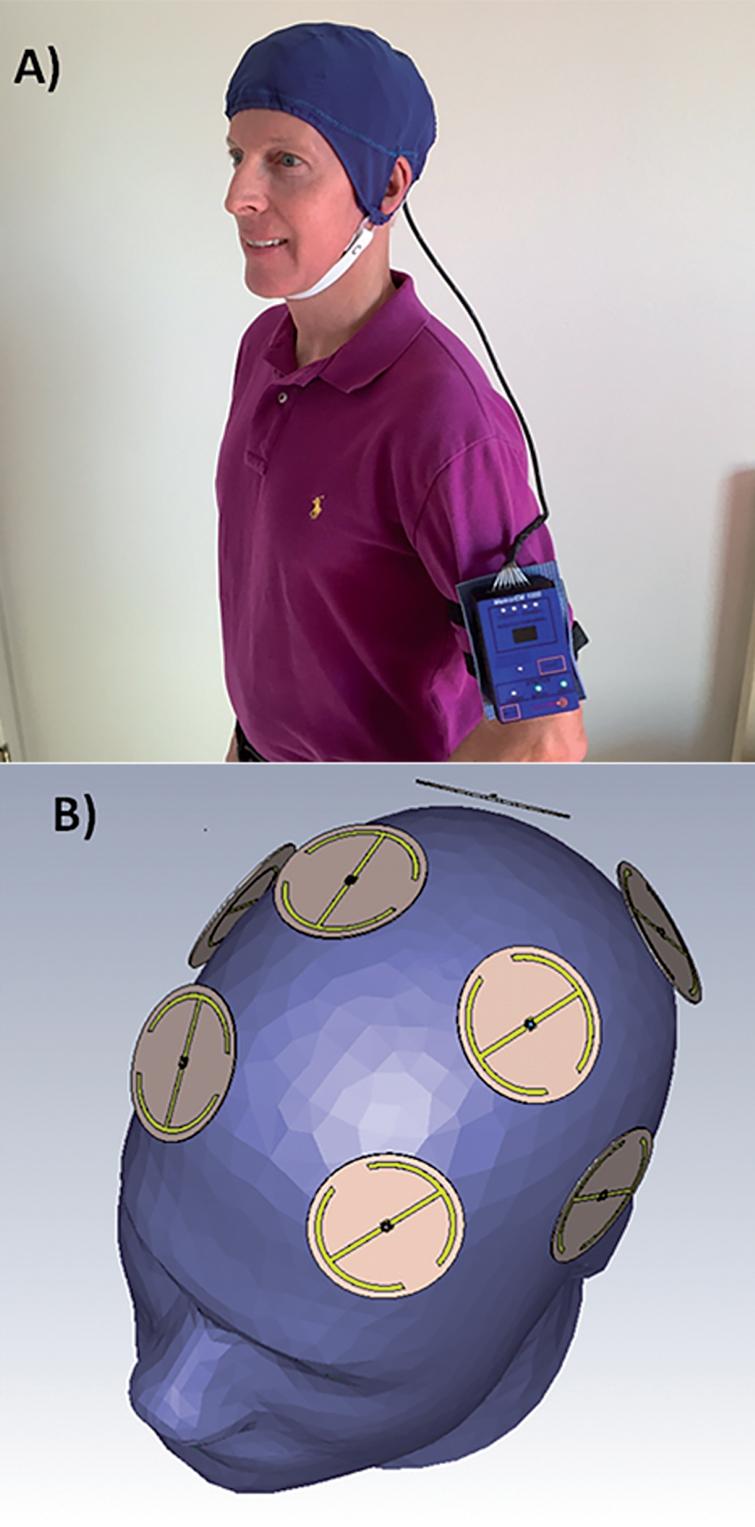No need to read the following. It’ll likely bore you to death. I record it here for my own purposes. Alzheimer’s Disease is a huge problem and we desperately need ways to prevent and cure it. Prevention should be easier than cure. BTW, the Mediterranean diet is linked to lower risk of Alzheimer’s Disease.
“The master regulator/inhibitor of autophagy is the mammalian target of rapamycin (mTOR). This intracellular kinase functions as a key signalling node that integrates information regarding extracellular growth factor stimulation, nutrient availability and energy supplies. The fungal metabolite rapamycin was accidently found to block mTOR and became not only the eponym of mTOR but also the main molecular tool to dissect mTOR-function. Rapamycin treatment was found to activate autophagy by inhibiting mTOR, thereby slowing down both aging and cognitive decline of caged mice, suggesting that inefficient autophagy as part of the NRJ-program might be a central element of both processes. Conversely, caging (standard housing) might eliminate an important behavioural cues (like for instance physical activity or intermittent fasting, see below), which leads to unnaturally high activity of mTOR and low activity of peroxisome proliferator-activated receptor γ coactivator 1α (PGC-1α), the master controller of mitochondrogenesis (see below), thereby inhibiting neuron-rejuvenating and protecting autophagy. Hence the observed aging and cognitive decline in murine models of AD might be regarded as artificial and not reflecting the aging process under natural conditions.
Other behavioural cues that inactivate mTOR are, besides physical exercise, which was shown to promote autophagy of defunct organelles and macromolecules in the brain, chronic caloric restriction (CCR), which is well known to delay aging and extend life-span in essentially all eukaryotic organism. But is CCR a physiological cue or rather an artefact of experimental research that simulates, to some extent, a more natural dietary pattern, namely intermittent fasting (IMF), which from an evolutionary point of view is more natural (see below)? But IMF is experimentally more labour-intensive than CCR and therefore less well studied. Nevertheless, autophagy and in particular mitophagy was found to being activated by CCR through inhibition of mTOR in essentially all species investigated, ranging from yeast, to flies, worms, fish, rodents and even to rhesus monkeys [87], thereby decelerating mTOR-driven aging. CCR not only extends lifespan, it also protects the central nervous system from neurodegenerative disorders, whereas excessive caloric intake is clearly associated with accelerated aging of the brain and increased the risk of neurodegenerative disorders due to suppressed autophagy.
Nevertheless, IMF was shown to create a more robust and steady inhibition of mTOR-accelerated aging and cognitive decline when compared to CCR. This is explained by the fact that the main hormone-like signalling molecules of the metabolic status during IMF, the ketone bodies acetoacetate (AcAc) and D-β-hydroxybutyrate (βOHB), are more efficiently generated during fasting than by CCR. These two respiratory fuels can endogenously be produced by the liver in large quantities (up to 150 g/day) from mobilized fatty acids in a variety of physiological or pathological conditions. In humans, basal serum levels of βOHB are in the low micromolar range, but rise up to several hundred micromole after 12 to 16 h of fasting. Importantly, when blood glucose and insulin are low, up to 60 % of the brain energy needs can be derived from ketone bodies, replacing glucose as its primary fuel. Similar high levels of up to 1 to 2 millimole βOHB are reached after prolonged endurance exercise. A physiologically relevant increase in ketone body production is already achieved by fasting overnight, which can even be enhanced if we are physically active before breaking the fasting in the morning. This most likely mimics the situation that faced our foraging ancestors who went out for hunting or gathering food with their stomachs empty.
Since neither long- nor medium-chain saturated fatty acids can pass the BBB, only their transformation into ketone bodies allows our energy-demanding brain to access the largest energy store, our adipose tissue. In fact, ketone body production reduces glucose requirement and preserves gluconeogenic protein stores during fasting, which enables a profound increase in the capacity for survival. Interestingly and again in line with the GMH, elderly generate ketone bodies at least as efficient as younger adults during IMF and the metabolic response to a ketogenic diet appears also to be unaffected by aging.As hinted at above, the observation that IMF is superior to CCR makes also a lot of sense from an evolutionary perspective, as not chronic starvation but rather periodic alteration between fasting and intake of high-caloric meals after successful foraging was ancient normality. Importantly, recent evidence suggests that our phylogenetically conserved genetic program uses the metabolic changes that originate from intermittent fasting (IMF) as a behavioural cue of for [sic] the initiation of subcellular renewal. This is a good thing, since in order to maintain cellular youth, we do not have to starve by CCR. It is sufficient to alternate phases of fasting, which just need to be sufficiently long to induce ketone body production (for instance 12 h overnight) and phases of eating, in which the total energy demand of our body can be met. In contrast, current normality consists of constant feeding pattern, which results in permanent high mTOR activity (and low PGC-1α-levels, see below), which suppresses cellular rejuvenation. A sedentary lifestyle aggravates this pro-aging effect, whereas prolonged physical exercise reduces mTOR-activity, possibly also by increasing ketone body production.”
Source: Unified theory of Alzheimer’s disease (UTAD): implications for prevention and curative therapy













